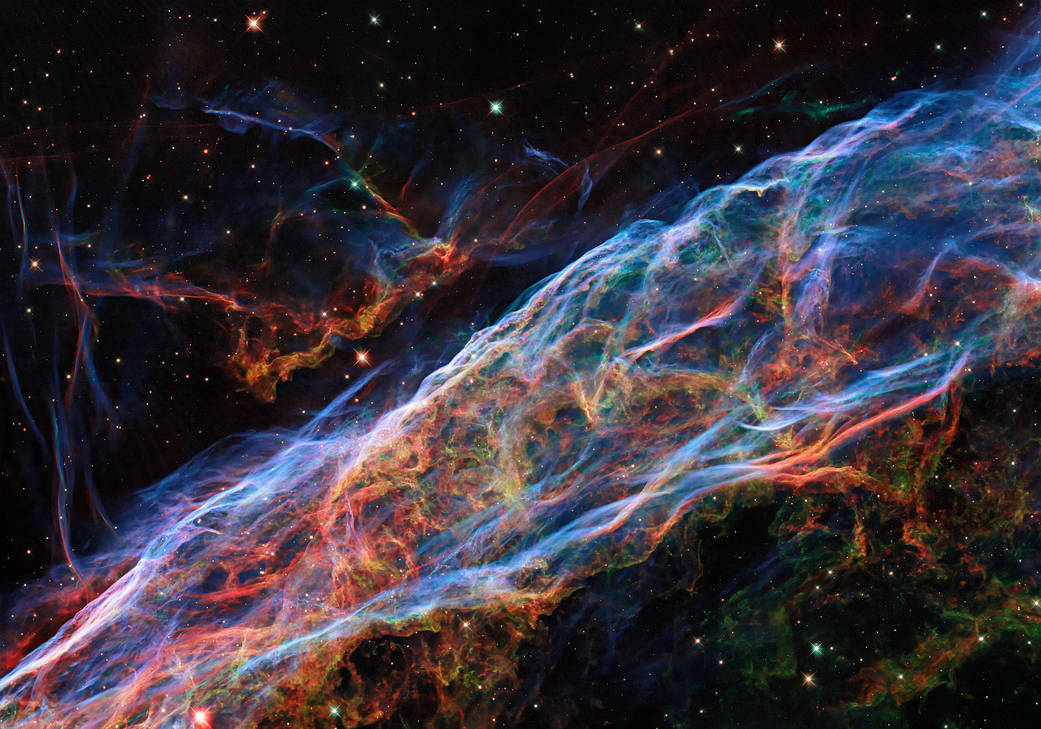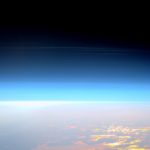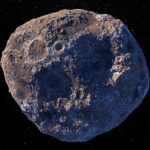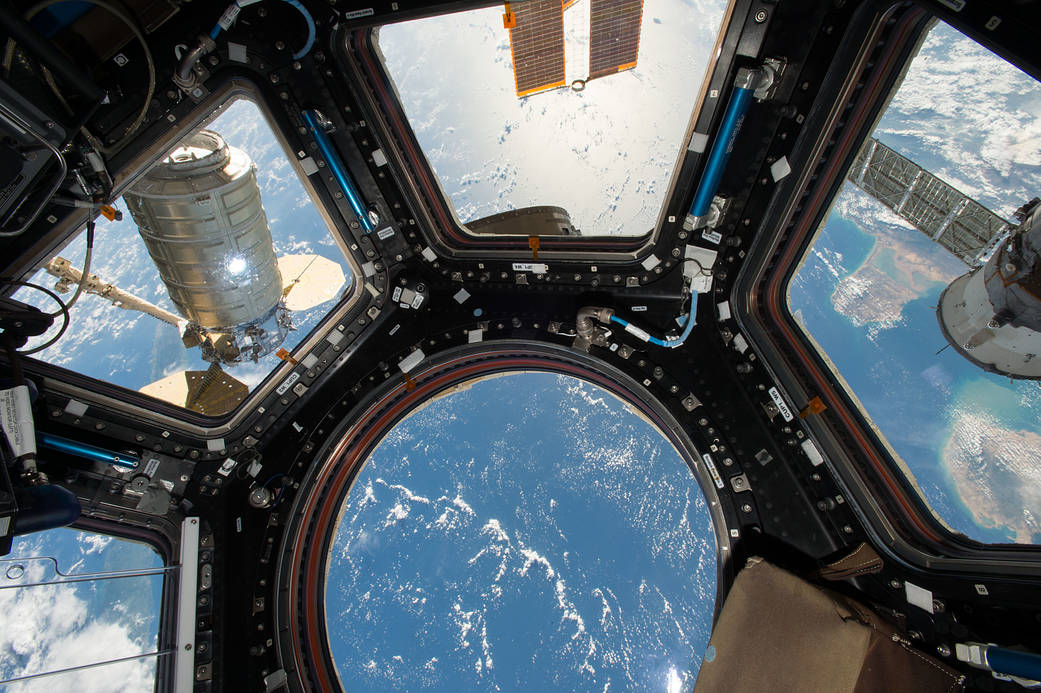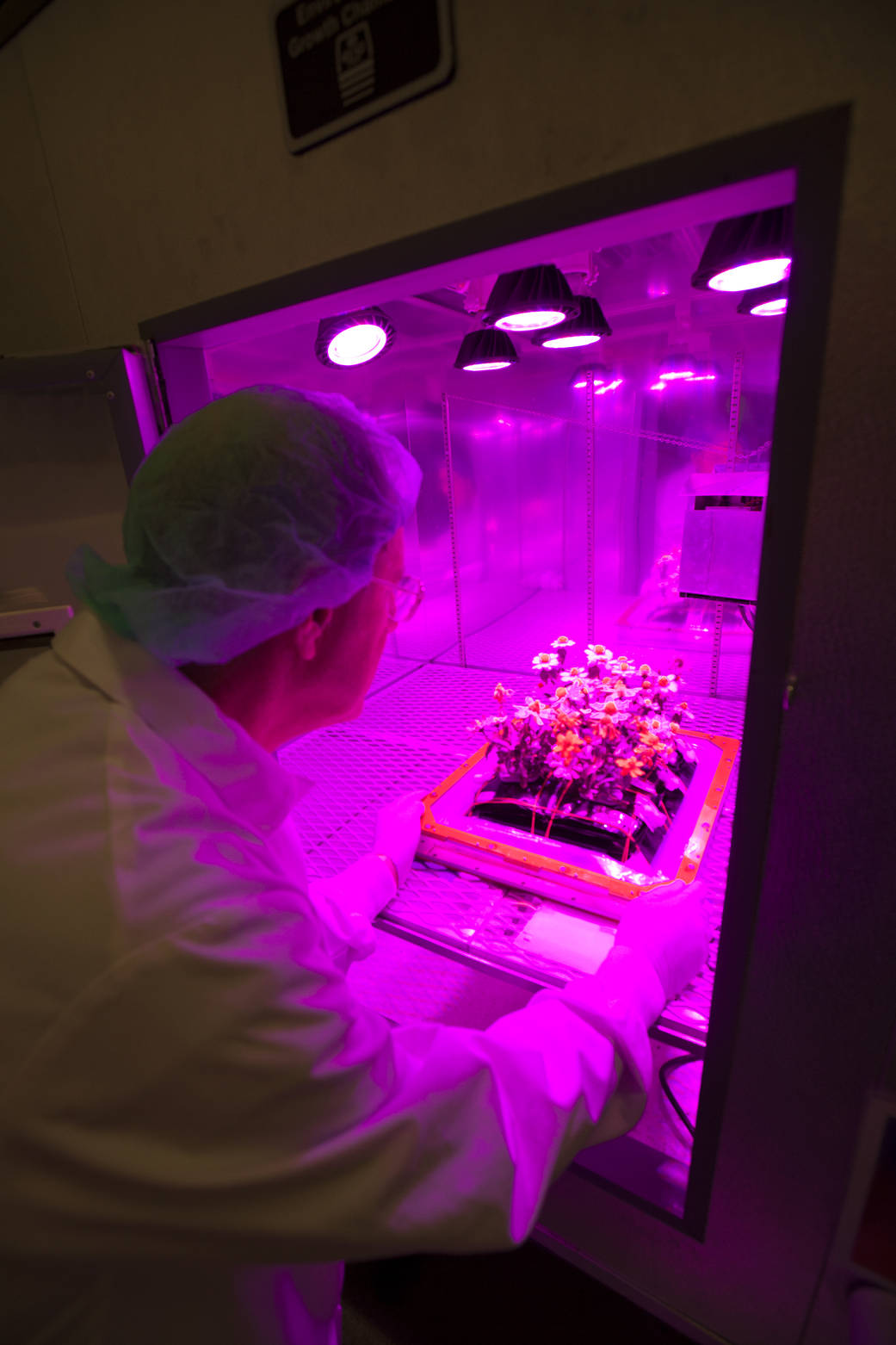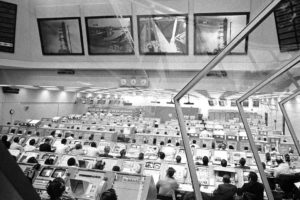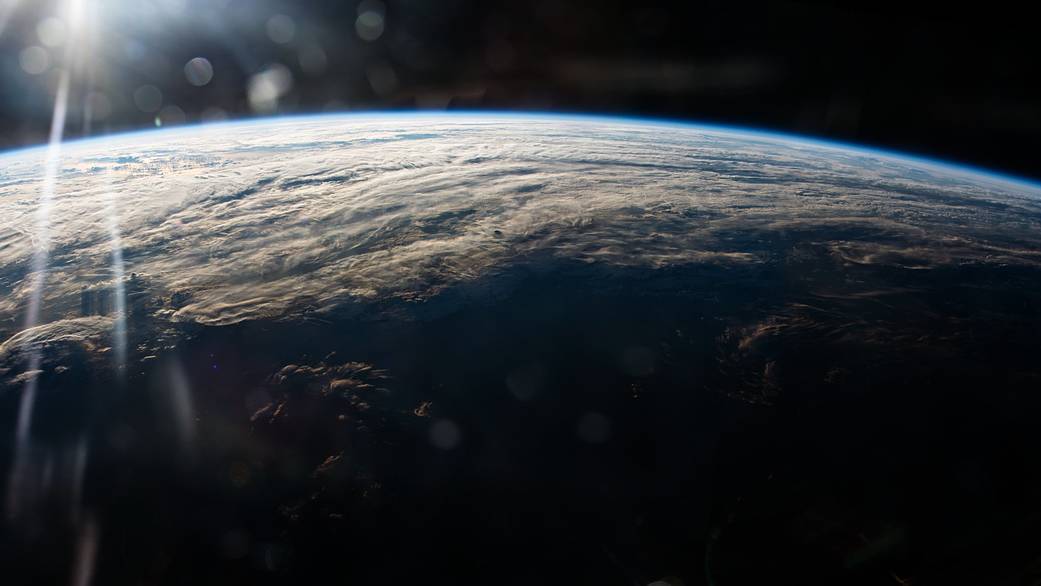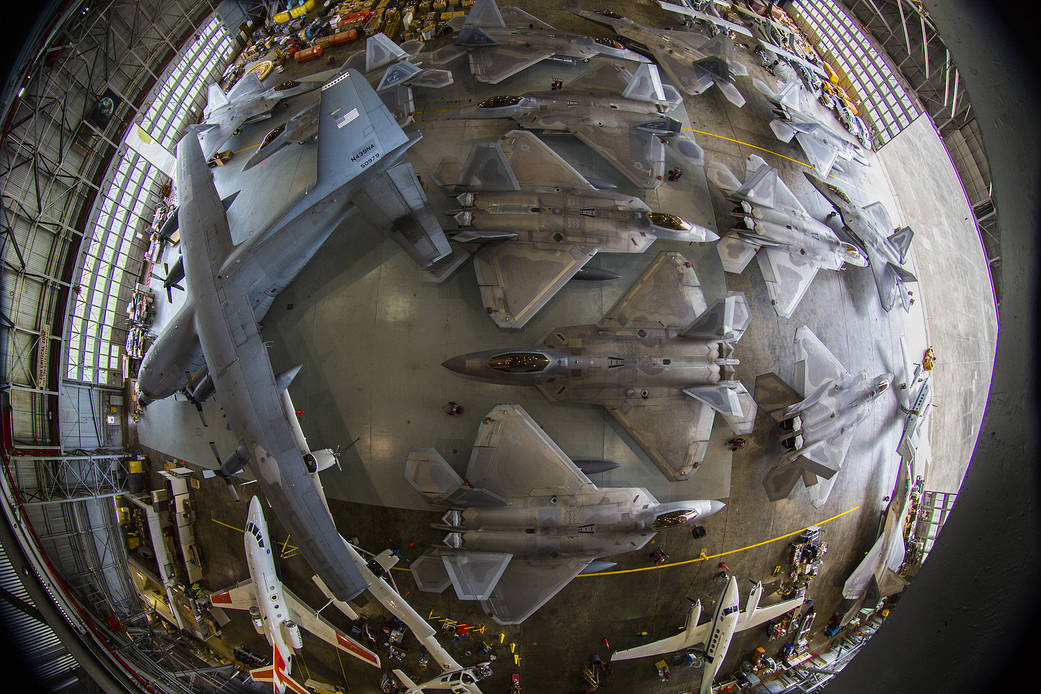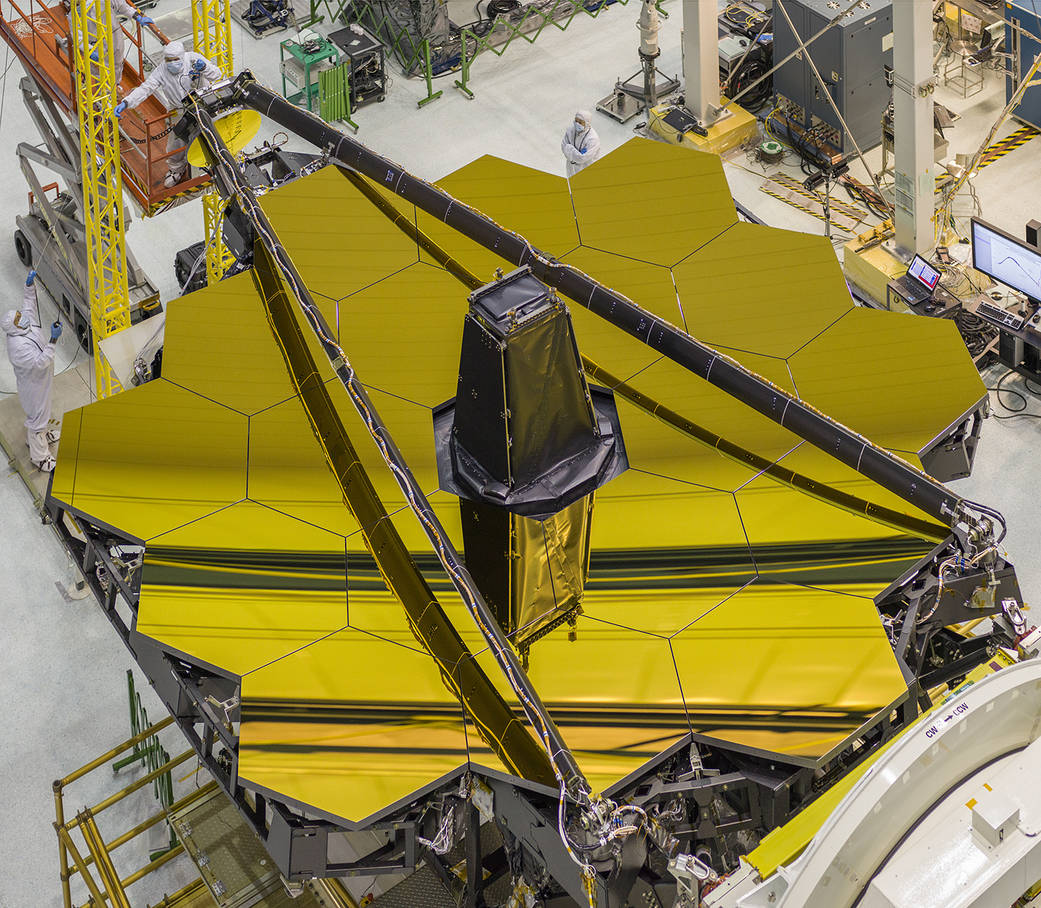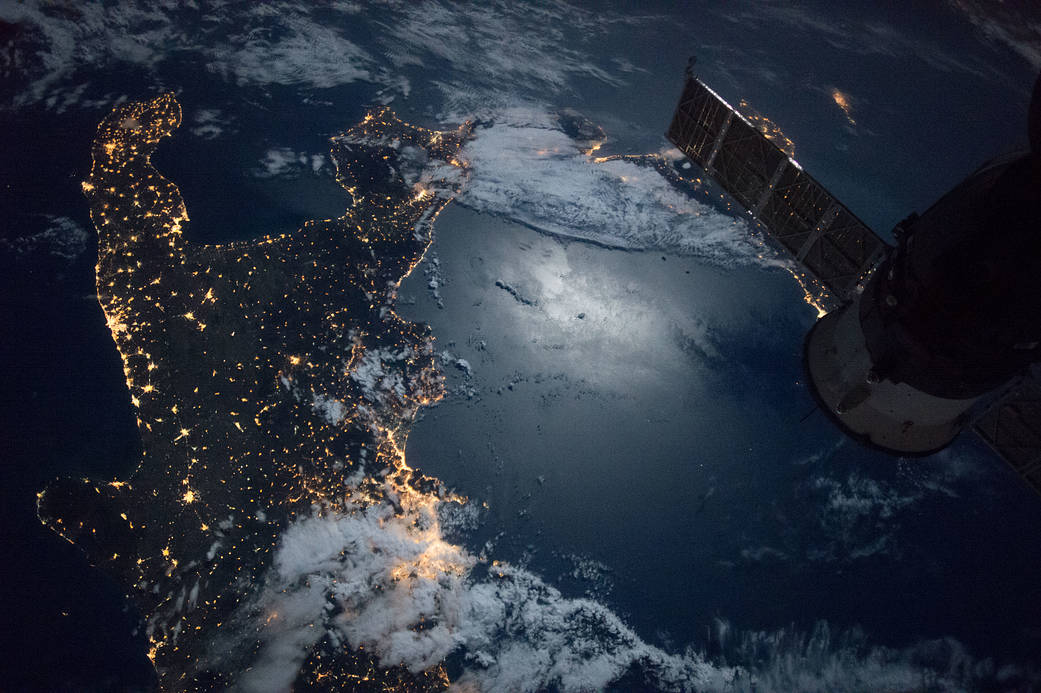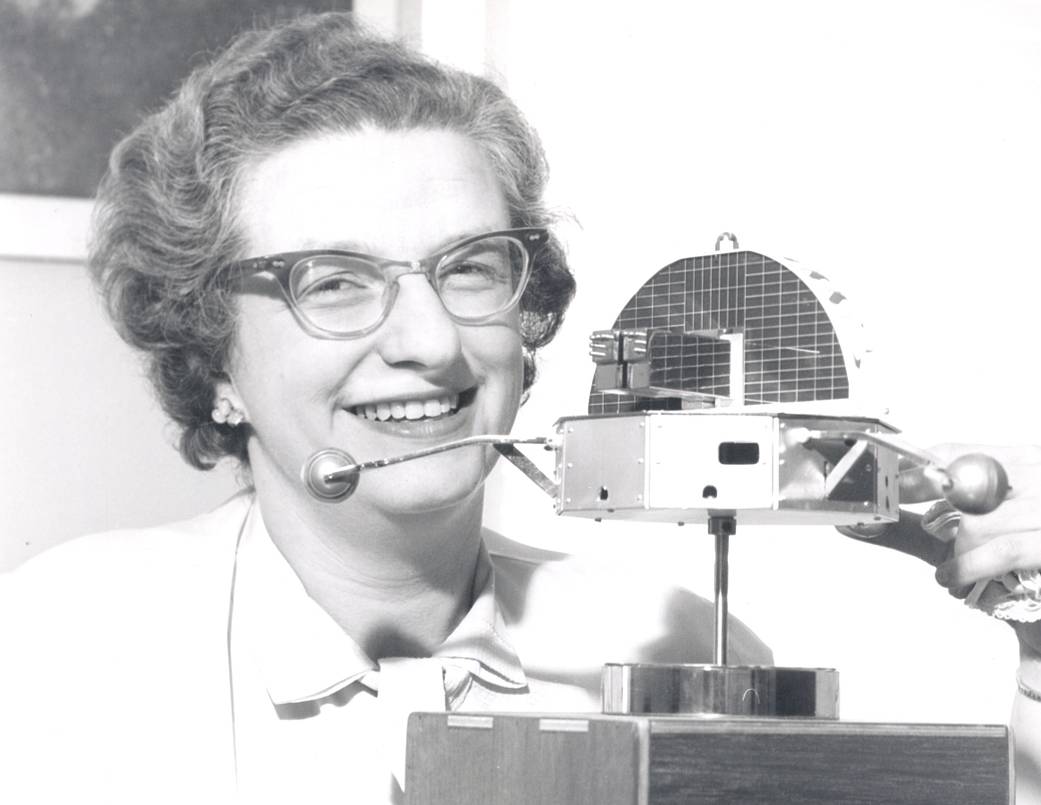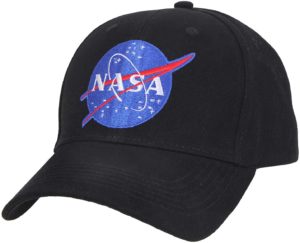NASAの今日の1枚は、とても美しい「Veil Nebula」の画像です。
この画像は通常カメラの写真ではなく、ハッブル宇宙望遠鏡搭載のWFC3によるデータから加工・画像処理されたものです。
ところで「Veil Nebula」とは何でしょうか?
「はくちょう座にある東側がNGC 6992-5 (C33) 、西側がNGC 6960 (C34)に拡がる星雲」が正解です。
「Veil 」は薄い布を指しますが、無理に日本語にせず「ベール」のまま「この謎にはベールがかかっているようだ」とか「神秘のベールに覆われた」などとごく普通に使われています。
となると「Veil Nebula」は「ベールをかけられたような星雲」という日本語でも良さそうですが、はくちょう座に存在する星雲のみをさす名称で、他に「Veil Nebula」と呼ぶ星雲があるかというと無いので注意が必要です。
つまり、「Veil Nebula」は、楕円銀河、レンズ状銀河、渦巻銀河、棒渦巻銀河というような状態・形状・分類の用語ではないということになります。
ちなみに日本では「Veil Nebula」が「網状星雲」という日本語で使われているのですが…ナゼ?
NASAの公式サイトのURLはこちら:
Hubble Revisits the Veil Nebula | NASA
以下はオリジナル原文と和訳です。
Hubble Revisits the Veil Nebula
This image taken by the NASA/ESA Hubble Space Telescope revisits the Veil Nebula, which was featured in a previous Hubble image release. In this image, new processing techniques have been applied, bringing out fine details of the nebula’s delicate threads and filaments of ionized gas.
NASA / ESAのハッブル宇宙望遠鏡によるこの画像は、以前も観測したことのある「Veil Nebula」を再び観測した際のものです。この画像では、新しい画像処理技術を使って、星雲の繊細な糸状の部分やイオン化されたガスのフィラメントの詳細を良く見ることができるようになっています。
To create this colorful image, observations were taken by Hubble’s Wide Field Camera 3 instrument using five different filters. The new post-processing methods have further enhanced details of emissions from doubly ionized oxygen (seen here in blues), ionized hydrogen, and ionized nitrogen (seen here in reds).
このカラフルな画像を作成するために、ハッブル宇宙望遠鏡搭載の広域カメラ(WFC3)で5つの異なるフィルターを使用して観測しました。新しい後処理方法により、二重にイオン化された酸素(ここでは青で表示)、イオン化された水素、およびイオン化された窒素(ここでは赤で表示)が放出される詳細を強調してあります。
The Veil Nebula lies around 2,100 light-years from Earth in the constellation of Cygnus (the Swan), making it a relatively close neighbor in astronomical terms. Only a small portion of the nebula was captured in this image.
「Veil Nebula」は、地球から約2,100光年離れたはくちょう座(白鳥座)にあり、天文学的には隣と言って良いくらい比較的近い位置にあります。この画像で撮影されているのは、星雲のごく一部です。
The Veil Nebula is the visible portion of the nearby Cygnus Loop, a supernova remnant formed roughly 10,000 years ago by the death of a massive star. That star – which was 20 times the mass of the Sun – lived fast and died young, ending its life in a cataclysmic release of energy. Despite this stellar violence, the shockwaves and debris from the supernova sculpted the Veil Nebula’s delicate tracery of ionized gas – creating a scene of surprising astronomical beauty.
「Veil Nebula」は、近くの「はくちょう座ループ」の目に見える部分で、約10,000年前の巨大な星の死によって形成された超新星の残骸です。太陽の20倍の質量であったその星は、速く生涯を終え、その最後には強烈なエネルギーを放出しました。この恒星の暴力的な放出にもかかわらず、超新星からの衝撃波と破片はイオン化ガスの繊細な網目模様を形作り、驚くべき天文学的な美しい景観を作り出しました。
The Veil Nebula is also featured in Hubble’s Caldwell Catalog, a collection of astronomical objects that have been imaged by Hubble and are visible to amateur astronomers in the night sky.
Text credit: European Space Agency (ESA)
Image credit: ESA/Hubble & NASA, Z. Levay
Media contact:
Claire Andreoli
NASA’s Goddard Space Flight Center, Greenbelt, Md.
301-286-1940
claire.andreoli@nasa.gov
Last Updated: Apr 2, 2021
Editor: Lynn Jenner
